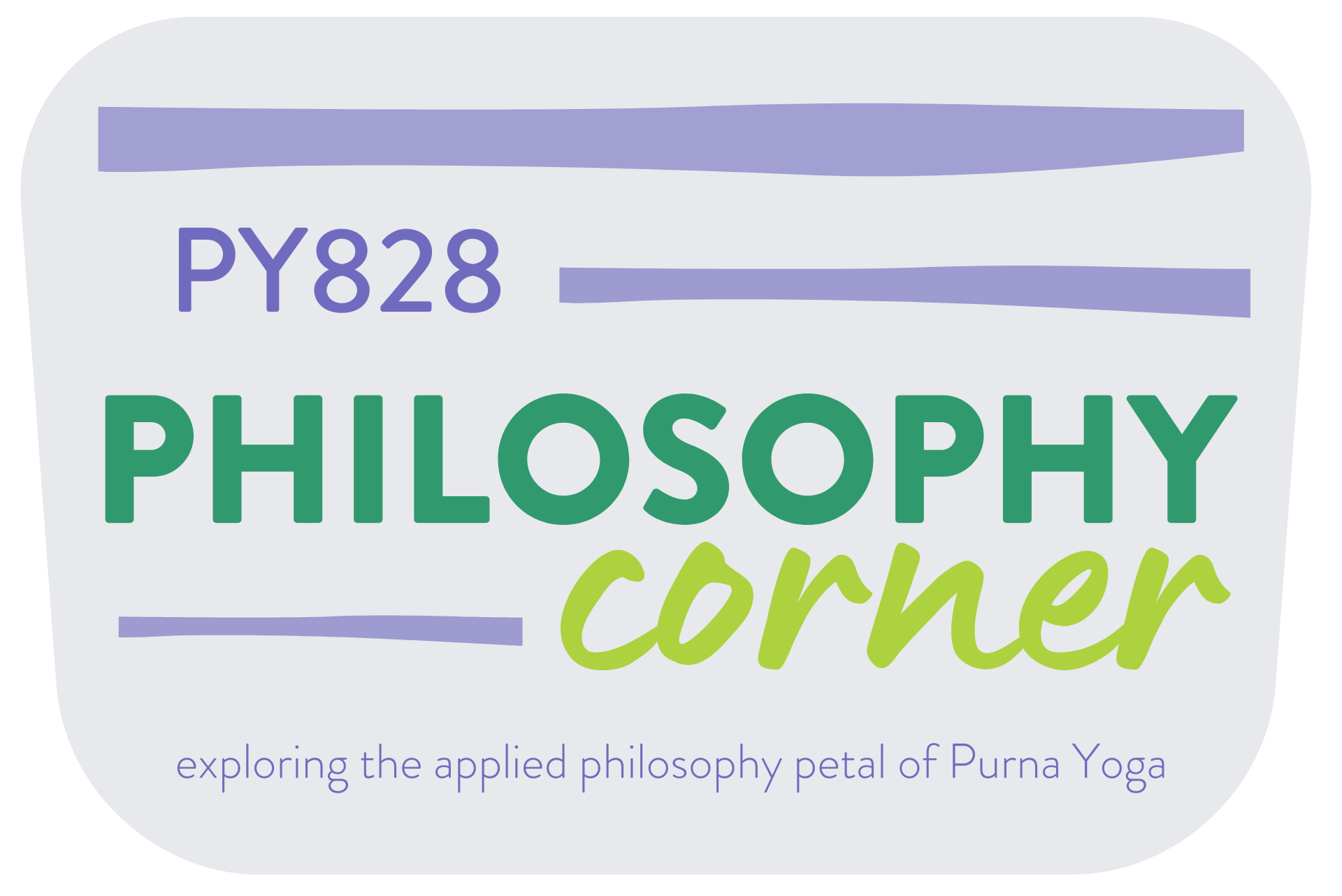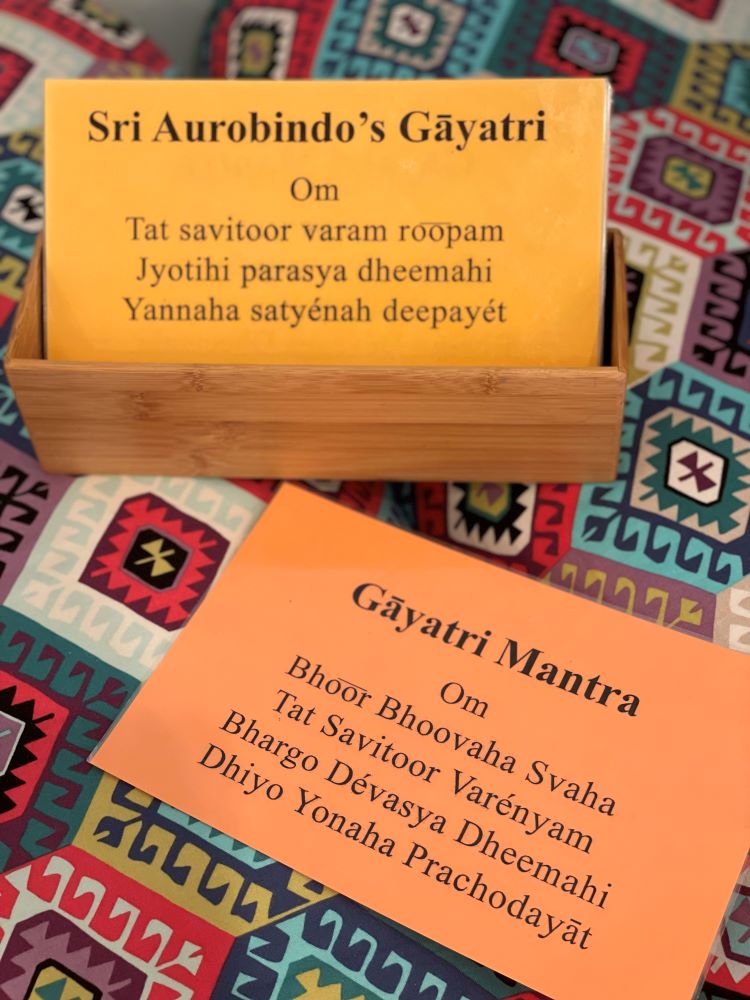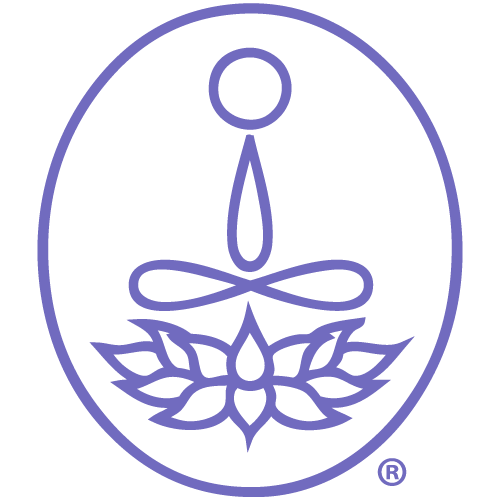
2024 Why We Use Sanskrit
An early summer reel on Nikita Desai’s Instagram inspired us to say more about why we use Sanskrit terms in class. She wrote, “Oversimplifying yoga for a specific group (usually predominantly white people) risks erasing its multifaceted heritage and marginalizing practitioners from its origin. Wholeheartedly embracing Sanskrit and yogas traditions is essential for fully understanding the vast essence of yoga across all practitioners.” We couldn’t agree more!
Simply put, Sanskrit IS the language of yoga. As yoga professionals, we use Sanskrit the same way any other professional uses the correct terms and precise language of their profession.
Can it be intimidating at first? Sure! But we believe students have the ability to learn, and we don’t think yoga needs to be dumbed down for anyone.
Honoring Yoga’s Roots
Using Sanskrit respectfully is also an important way we honor the history of yoga. As Susanna Barkataki points out, NOT using Sanskrit is a form of sterilization, which strips yoga of its “cultural meaning, history and practices… This approach is problematic because it assumes that the practice as it was originally imagined and created isn’t accessible in the first place, or that somehow now we (a white-centering, modernized normative perspective) know better… This sterilization is not benign. It is serving a larger white-supremacist agenda of making the practice less ‘foreign’ and more palatable for the dominant white culture.”
What’s more, learning and using Sanskrit terms correctly cultivates beauty in our practice. Sanskrit is a holy language, used to record some of the oldest known sacred writings in human history. A phonetic language, the very sounds of the words themselves convey meaning and connect us more deeply with each pose.
If hearing Sanskrit in class is new for you, we invite you to approach these unfamiliar words mindfully and with appreciation for their history and how the very act of learning them calls you to listen and focus more intently.
If you’re already accustomed to hearing and using Sanskrit, find new ways to appreciate the beauty and power of the language of yoga. How do the tones of Sanskrit resonate in your body and your heart?

Using Mantras as an Entry Point
Mantras are a wonderful introduction to Sanskrit, both as a way to practice saying these unfamiliar words aloud and for experiencing firsthand the beauty and power of these ancient sounds. In the studio, we chant both Vishvamitra’s Gayatri Mantra and Sri Aurobindo’s Gayatri. We provide cards to help you follow along, and you’re always welcome to simply sit quietly and immerse yourself in these sacred sounds.
Vishvamitra’s Gayatri Mantra is the oldest existing mantra. It is a meditation on illumination, an invitation for the divine light to fill one’s own mind and the minds of all humanity. Sri Aurobindo’s Gayatri was originally written as a marriage blessing and is a mantra of transformation. When we do chant, we always begin with the Gayatri Mantra and conclude with Sri’s Gayatri, wrapping our practice these reminders that yoga is a lifelong exercise in illumination and transformation.
Read more about Sri’s Gayatri here, and follow along with Letitia as she chants it here.



Sorry, the comment form is closed at this time.